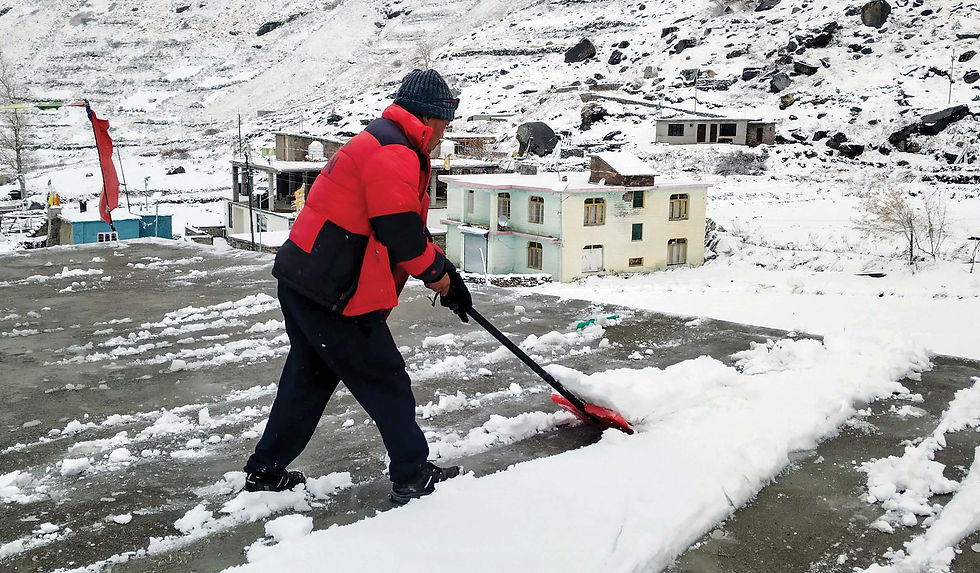Glorious Ascendancy
- Correspondent
- 3 days ago
- 2 min read
It was a victory decades in the making. Under the bright floodlights of the D.Y. Patil Stadium in Navi Mumbai, the Indian women’s cricket team lifted its maiden ODI World Cup, defeating South Africa by 52 runs in a thrilling finale to rewrite a script that has long seemed stuck on heartbreak. The victory is a social milestone and a statement of national transformation.
For years, Indian women’s cricket has been on the periphery of the country’s sporting imagination, overshadowed by the colossus of the men’s game. That hierarchy has now been definitively inverted.
After a stunning win over Australia in the semi-final, an underdog India was pitted against a more powerful Proteas in the final that was fittingly dramatic. Sent in to bat after a rain-delayed toss, openers Smriti Mandhana and Shafali Verma began with verve and assurance. Their 104-run stand laid the foundation for a total that was both competitive and psychologically imposing.
Verma, once dismissed as impetuous, combined aggression with poise, scoring a mature 87 off 78 balls that set the tone for the innings. Deepti Sharma, ever the quiet workhorse, added a brisk half-century, ensuring India reached 298 for seven.
When South Africa began their chase, the contest turned into a study in contrasts. Laura Wolvaardt, the tournament’s most consistent batter, played an innings of sublime control which combined belligerent strokeplay. By the time she reached her half-century, it seemed South Africa were running away with the match. Yet India’s bowlers, led once again by Deepti, turned the screw with a mixture of guile and grit. Shafali’s inspired spell - two wickets in a burst of exuberance - shifted the momentum irrevocably.
By the time Deepti cleaned up the tail to complete a five-wicket haul, the crowd had already begun its chant of destiny fulfilled. While Wolvaardt scored an impressive century, she received scant support from her teammates as the South African batting order crumbled.
For the millions watching across India, this win was a catharsis. The heartbreaks of 2005 and 2017 found their redemption in this campaign.
This victory matters not just for what it delivers, but for what it promises. Cricket in India has always been a mirror of society’s aspirations. In a country where young girls have often been told what they cannot do, this triumph tells them precisely what they can. The sight of a packed stadium chanting women’s names also signals a cultural turning point.
Sponsors, selectors and sports administrators, long sluggish in their recognition, will now find themselves chasing rather than leading the momentum in women’s cricket.
The parallels with 1983 are irresistible. When Kapil Dev’s men lifted India’s first World Cup, they triggered a sporting revolution. Forty-two years later, it is the women who have done the same. Their win carries the same underdog defiance, but it comes in a vastly different India which is more connected and more ready to celebrate its daughters as national heroes.



Comments